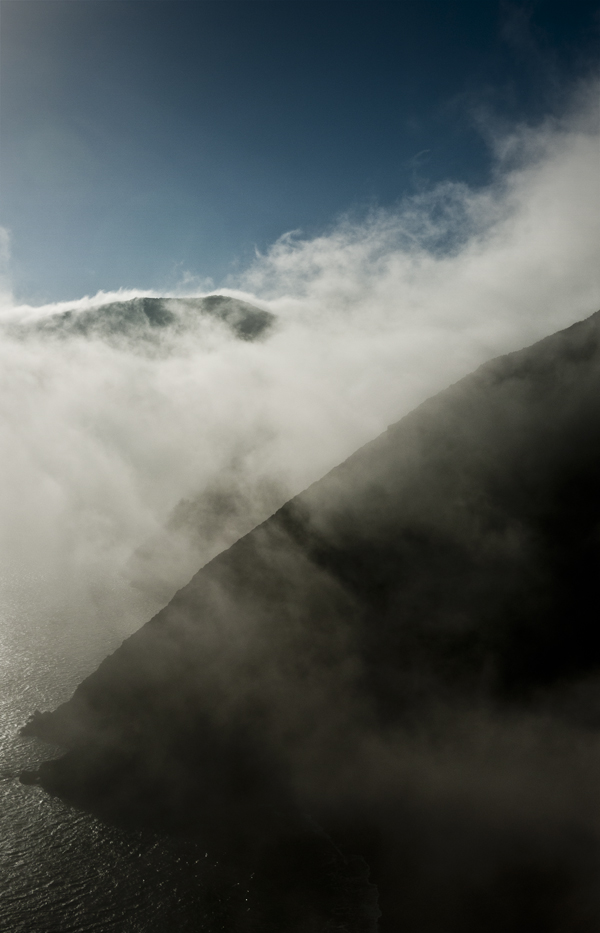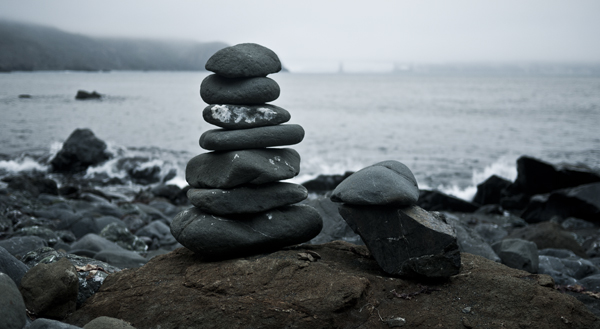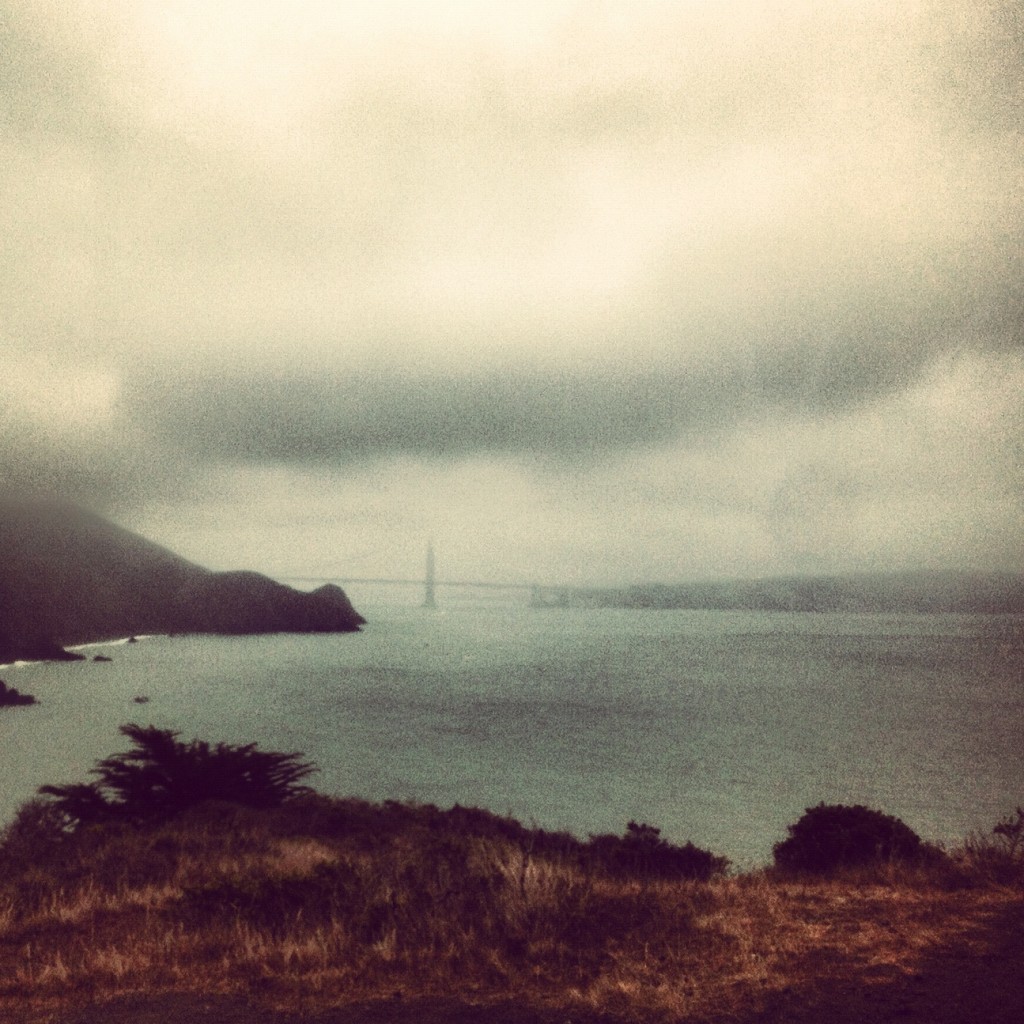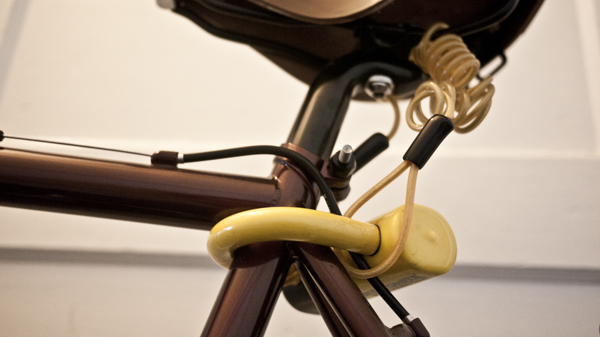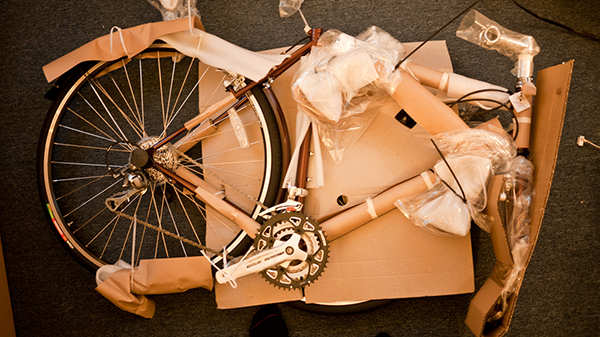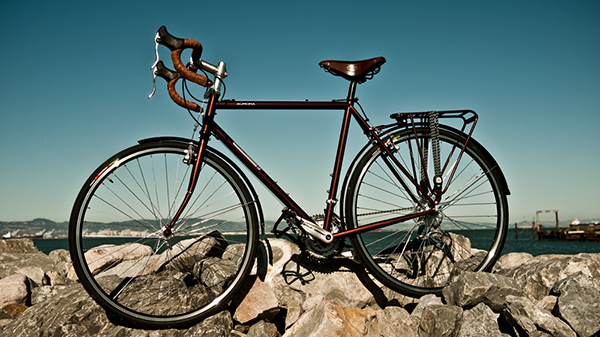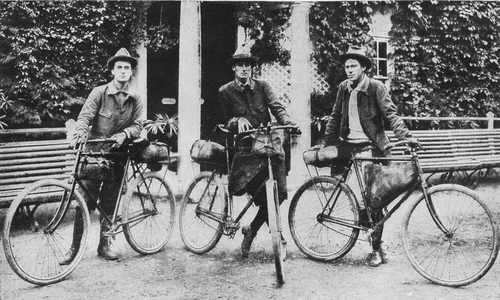Northern California Mini-Tour
A short list of common thoughts cycled through my mind as I toured France. One of them was just how pleasant it would be to do small bike tours in northern California with good friends. The language spoken, the terrain and the people known. I’d often daydream about it.
So although some people thought I was crazy, a small bike tour is exactly what I craved when I got back from my big tour. Call it a comedown tour. My brother’s visit from Portland provided the perfect opportunity.
I had a couple of other friends who were interested in camping, but without bikes. Thus our approach was unconventional. We drove from San Francisco to Samuel P. Taylor with the bikes on the back of the car. My brother’s progress was waylaid by what is thus far the worst Apple Maps screwup that I’ve heard of. With the iPhone’s new mapping software, you can be delivered terrifically wrong directions to a place that requires literally two turns. That’s right, arriving at Samuel P. Taylor requires exiting the 101 and then eventually pulling into the parking lot.
Instead, Apple Maps directed my brother onto a dirt road that was soon not a road at all. Navigating up a steel hill with branches brushing past the car on both sides, it became clear that there wasn’t a national park campground that would be found any further up the treacherous path. After switching to Waze, my brother found the actual campground.
That night we made a fire (something not possible in French campgrounds) and rested well. In the morning we intended to ride to Bicentennial Camp in the Marin Headlands. I’m personally a fan of the views and feelings of the headlands, but it’s a place where fires aren’t allowed. Because the air was cold, we changed course and headed for China Camp–where I’d never been. The ride was easy, but because we’d winged it a bit, we probably didn’t take the most bike friendly roads. I won’t share my route here, because I’m quite certain it would be poor advice.
Near the campground, we passed a couple of teenagers walking a dog. They wore an expression of such painful ennui that it reminded us both of our teenage days. Because it was my brother, they were the same teenage days. Seeing that expression of strong existential boredom and discomfort makes you want to grab teenagers and shake them. “It gets better!” you might shout. You can just see how tough it is to enjoy much of anything.
China Camp is encircled by a network of mountain biking trails. Although our bikes were directly wrong for the application, my brother and I were excited about the idea of doing a little trail riding. Neither of us had done any mountain biking in many years. We set up our tent and took the trails for an hour while the sun set. It was the most fun I’d had on a bike in a very long time. It was also the first time I rode forest trails with clipless pedals, something I am excited to do again. The mix of power and control is astonishing.
It was my brother’s 30th birthday, so we decided to make Birthday Cake. I melted a big block of chocolate into a pot of water and added a healthy amount of whiskey. It tasted better than what you’re thinking. Or if you think it probably tasted good, it tasted like that. We shared the Birthday Cake with the three friendly chaps who were also staying at the Hiker Biker spot. We all got along wonderfully and effectively ignored the 12 dozen screaming kids and gas generator that rang throughout the valley from another campsite.
In the morning, we made the enjoyable ride back to San Francisco following Google Map’s suggested bike route. It was perfect.


